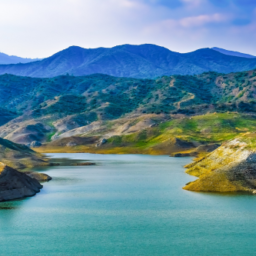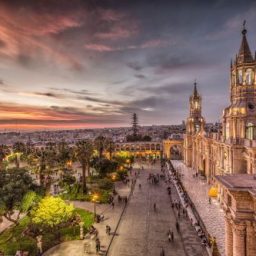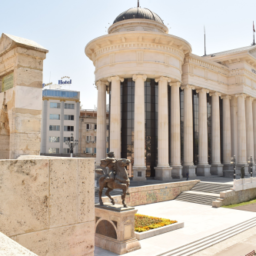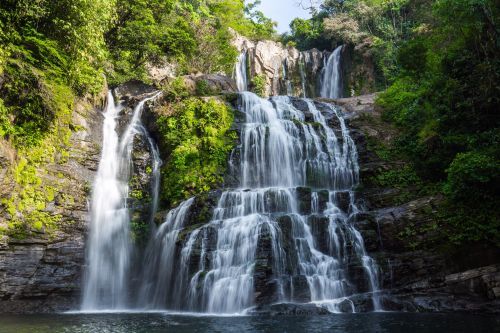

Welcome to Costa Rica! This vibrant Central American country offers a unique cultural experience unlike any other. From Spanish colonial architecture to lush rainforests, it’s no surprise that it’s one of the most popular tourist destinations in the world.
Home to more than 5 million people, Costa Rica is a nation of friendly people who will greet you in Spanish and local languages. Discover why this tropical paradise has captured the hearts of so many adventure lovers. Let’s take a trip to eavesdrop on the locals.
Contents
COSTA RICA IN BRIEF
Costa Rica is a captivating Central American country, bordering Nicaragua to the north and Panama to the south, with coastlines on both the Pacific Ocean and the Caribbean Sea. The country boasts a diverse climate, ranging from tropical rainforests to temperate cloud forests and arid plains. Its stunning nature, including an abundance of wildlife, makes it a popular ecotourism destination. Costa Rica’s history spans from pre-Columbian indigenous cultures to Spanish colonization and independence in 1821, which has shaped its contemporary society and culture.
LANGUAGE IN COSTA RICA
Language plays a significant role in the culture and national identity of Costa Rica. The official language, Spanish, serves as a unifying force among Costa Ricans, while reflecting the influence of the country’s colonial past. Additionally, indigenous languages contribute to the rich tapestry of Costa Rica’s cultural heritage and help preserve the traditions of the native communities.
Do you need to translate articles written in Costa Rican dialect? Have you looked through many options on the Internet and have not found the service you need? Fear not, our Spanish translator will take care of the assignment and return to you with a text you will enjoy reading.
OFFICIAL LANGUAGE OF COSTA RICA
Spanish is the official language of Costa Rica and serves as the primary mean of communication among the country’s residents. It unites Costa Ricans across regions and ethnic backgrounds, enabling them to participate in a shared cultural experience.
The Spanish language was introduced to Costa Rica during the colonization in the early 16th century. Modern history started in 1502, with the arrival of Columbus. Over time, the southern Andalusian dialect brought by sailors and settlers has evolved and adapted to the local context, incorporating influences from indigenous tongues.
COSTA RICAN SPANISH
The Costa Rican dialect, often referred to as tica, is characterized by its soft and melodic accent. Pronunciation varies slightly from other South and Central American countries, with some distinct features such as seseo (phonemes “z” and “s” lose their distinctive features) and the reduction of consonant clusters.
Costa Rican Spanish includes words and phrases unique to the country. Some examples include the use of mae (a colloquial term for friend), ¡Qué taco me dio! (“What a fright you gave me!”), and no me cuadra (“I don’t like it”).
PURA VIDA
Pura vida is a quintessential Costa Rican expression, that became almost the motto of the country, and translates to “pure life”. It is used to convey a sense of happiness, well-being, and satisfaction with life. The phrase embodies the Costa Rican way of life, emphasizing the importance of enjoying simple pleasures and living in harmony with nature.
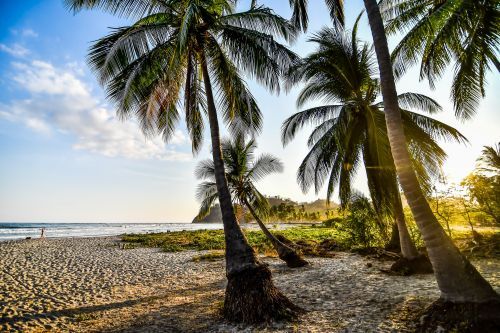
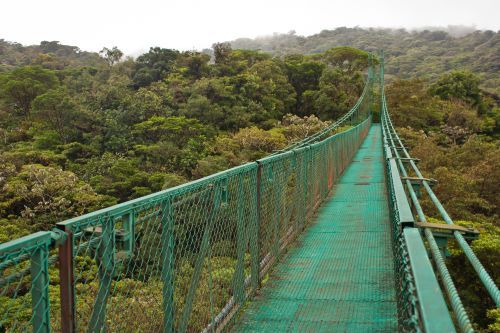
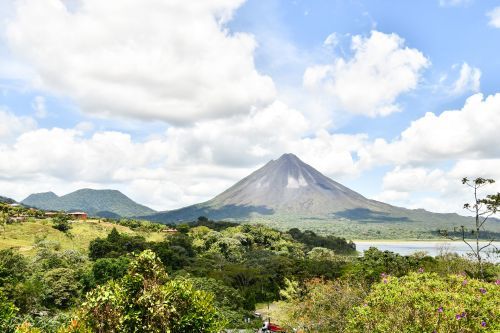
INDIGENOUS LANGUAGES
While the majority of Costa Rica’s residents speak Spanish, some people also use indigenous languages in both their home and social settings. The most widely spoken of these languages belong to the Chibchan family. The languages with the largest number of speakers include Bribri, Maléku, Cabécar, Ngäbere, and Teribe.
Indigenous languages hold great importance for their respective communities, as they represent the unique cultural identity, history, and traditions. They also play a crucial role in preserving and transmitting knowledge about the natural environment, traditional medicine, and spiritual practices.
Lately, there has been a growing awareness of the need to protect and promote indigenous languages in Costa Rica. Several initiatives have been launched, including language revitalization programs, bilingual education, and cultural preservation projects. These efforts aim to ensure that indigenous languages remain a living part of Costa Rica’s rich cultural heritage and that they continue to be spoken and valued by future generations.
BRIBRI
The Bribri language is spoken by a community of 10 thousand Bribri people, who primarily inhabit the South-eastern Costa Rica (source:tacoandbean.com). This indigenous community has managed to maintain its language, culture, and traditions despite external influences and challenges.
CABÉCAR
The Cabécar language is spoken by the Cabécar people (around 11 thousand persons; source: omniglot.com), another indigenous group living mainly in the remote mountainous regions of Costa Rica. The Cabécar language, like Bribri, belongs to the Chibchan language family.
FOREIGN LANGUAGES IN COSTA RICA
English plays a growing role in Costa Rica’s education system and business environment. Many schools, particularly in urban areas, teach English as a second language. English proficiency is valued in the workplace, particularly in sectors like tourism, international business, and technology. Around 10% of the population considers themselves fluent in this language (source: La Nación). So, if you do not speak Spanish, chances are that you will find an English speaker in the most touristic areas of the country.
Apart from English, other foreign languages such as German (spoken by 0.7% of the population), French (0.3%), and Portuguese (0.3%; source: La Nación) are also spoken in Costa Rica. They are taught in schools for the willing students and are appreciated in tourism.
Are you a recruitment specialist in a multinational corporation? We know a way to improve your performance and make your work easier! Try Focus Audit Tool – a software for testing candidates’ language skills. From English through Spanish to less popular tongues, you can check the fluency in more than 30 languages online.
GETTING TO KNOW COSTA RICA
Costa Rica is renowned for its stunning 28 national parks, which showcase the country’s diverse ecosystems and natural beauty. These protected areas provide a sanctuary for an array of flora and fauna, offering visitors unique opportunities to explore rainforests, volcanoes, and waterfalls.
History lovers will not be disappointed: Costa Rica’s rich history is preserved in its historical sites and monuments, providing a glimpse into the country’s past. From pre-Columbian ruins to colonial-era churches and modern museums in San José, these attractions offer a fascinating insight into the nation’s cultural heritage.
Do you prefer to enjoy the pura vida while taking sunbaths? Nothing is easier! The coastline that spans over 1290 kilometres is waiting for you. Is that not convincing? The average yearly temperature reaches 26 degrees Celsius. Take the first step and attend our Spanish course to prepare yourself for the journey of your lifetime.









